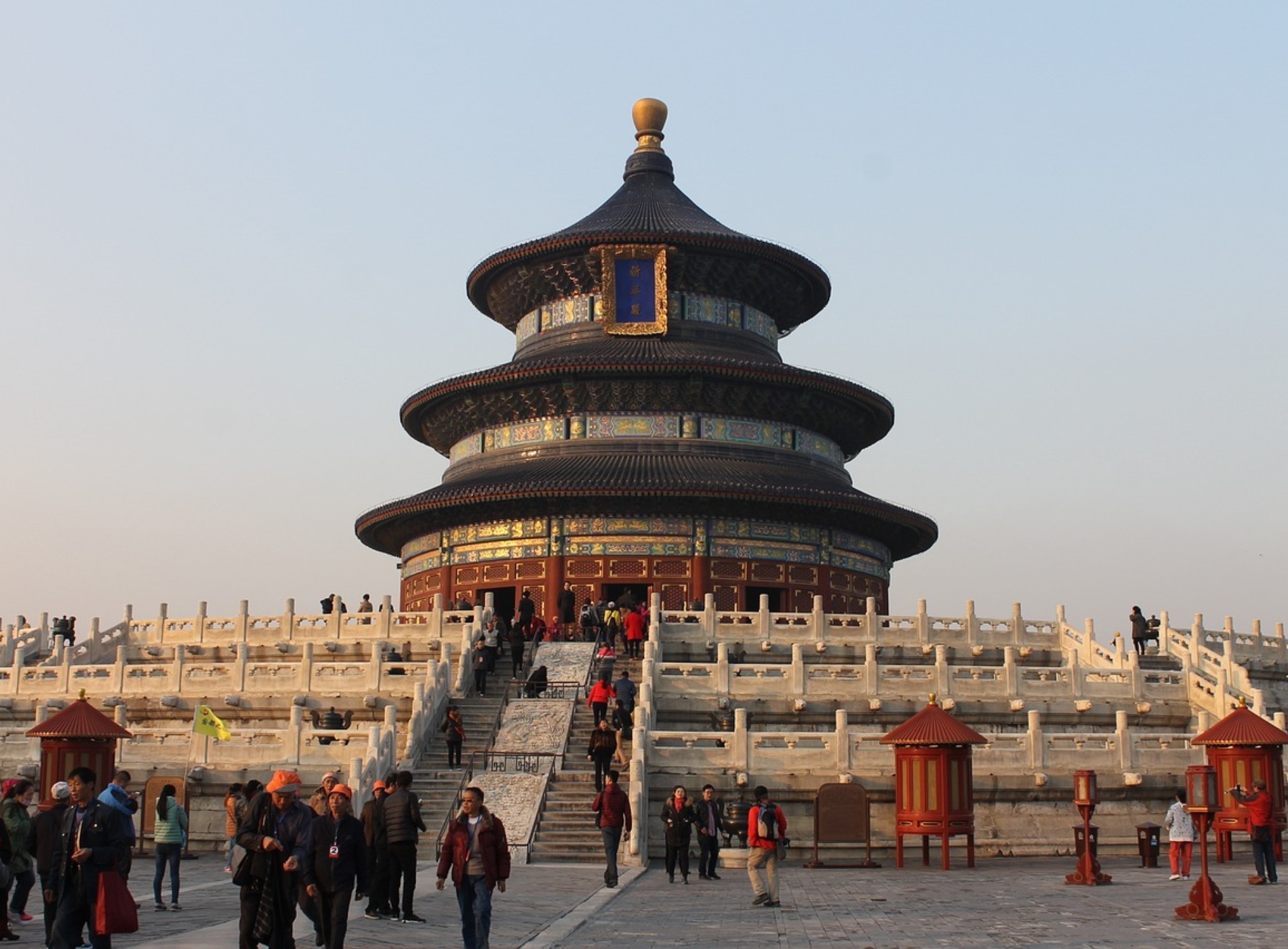the Temple of Heaven
Located in the south of Beijing, the Temple of Heaven is a place where Chinese emperors of the Ming and Qing dynasties worshipped Heaven and Earth and prayed for a good harvest, as well as a World Heritage Site. The Temple of Heaven was built in the 18th year of the Yongle reign of the Ming Dynasty (1420), covering an area of about 273 hectares, and consisting of four main parts: the Hall of Prayer for the Celebration of the Year of the Dragon, the Huanqiu, the Imperial Dome and the Prayer Shrine for the Valley of the Gods. The architectural layout of the Temple of Heaven accurately reflects the ancient Chinese concept of the universe. The three main buildings, the Hall of Prayer for the Year of the Dragon, the Huanqiu and the Imperial Vault, are arranged sequentially along the north-south axis, symbolising the relationship between heaven, earth and man.
The Qinian Hall for the Celebration of the Year of the Dragon is the main building of the Temple of Heaven, with a solemn architectural style, a roof covered with blue glazed tiles, and a unique dome design that highlights the level of architectural art in ancient China. The Huanqiu is the place for worshiping heaven, and its shape is like a round hill, symbolising the symbol of the roundness of heaven and the earth. The Shrine of Praying for the Valley on top of the mound is the place where the gods of the five grains are worshipped, and every year during the Praying for the New Year Festival of the Lunar Calendar, the Emperor himself would make sacrifices to pray for a good harvest.
In the northern part of the Temple of Heaven, there is also a Yimen Gate and a Qinian Gate, with stone lions, stone beasts, stone pillars and other stone carvings and works of art in front of the gate. The entire Temple of Heaven complex is not only a model of ancient Chinese architectural art, but also an important embodiment of China's royal rituals and religious beliefs, attracting many tourists and scholars from home and abroad to visit and study.

